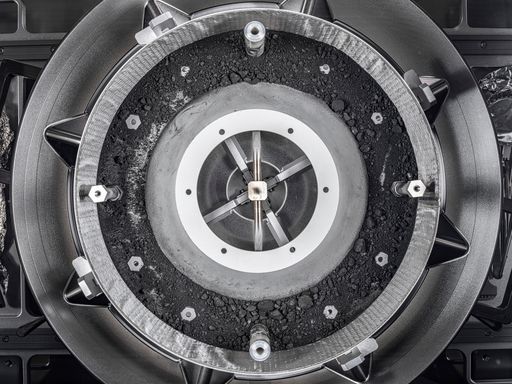Researchers have obtained photographic evidence of a double detonation supernova for the first time, using the European Southern Observatory's Chile-based very large telescope.
The explosion of a star, called a supernova, is an immensely violent event.
It usually involves a star more than eight times the mass of the sun that exhausts its nuclear fuel and undergoes a core collapse, triggering a single powerful explosion.
But a rarer kind of supernova involves a different type of star, a stellar ember called a white dwarf, with a double detonation.
The back-to-back explosions obliterated a white dwarf that had a mass roughly equal to the sun and was located about 160,000 light-years from Earth in the direction of the constellation Dorado in a galaxy near the Milky Way called the Large Magellanic Cloud.
A light-year is the distance light travels in a year.
The image shows the scene of an explosion roughly 300 years after it occurred, with two concentric shells of the element calcium moving outward.
‘Nothing remains’
"Nothing remains. The white dwarf is completely disrupted," said Priyam Das, a doctoral student in astrophysics at the University of New South Wales Canberra in Australia, the lead author of the study published on Wednesday in the Journal of Nature Astronomy.
"The time delay between the two detonations is essentially set by the time it takes the helium detonation to travel from one pole of the star all the way around to the other. It's only about two seconds," said astrophysicist and study co-author Lvo Seitenzahl, a visiting scientist at the Australian National University in Canberra.
The researchers used the very large telescope's multi-unit spectroscopic explorer, or MUSE, instrument to map the distribution of different chemical elements in the supernova aftermath.
Forensic astronomy
Calcium is seen in blue in the image – an outer ring caused by the first detonation and an inner ring by the second.
These two calcium shells represent "the perfect smoking-gun evidence of the double-detonation mechanism," Das said.
He also added that "We can call this ‘forensic astronomy' – my made-up term – since we are studying the dead remains of stars to understand what caused the death."
Stars with up to eight times the mass of our sun appear destined to become a white dwarf.
In addition to its scientific importance, the image offers aesthetic value.
"It's beautiful," Seitenzahl said. "We are seeing the birth process of elements in the death of a star”.
“The Big Bang only made hydrogen and helium, and lithium. Here we see how calcium, sulphur or iron are made and dispersed back into the host galaxy, a cosmic cycle of matter," he added.
















